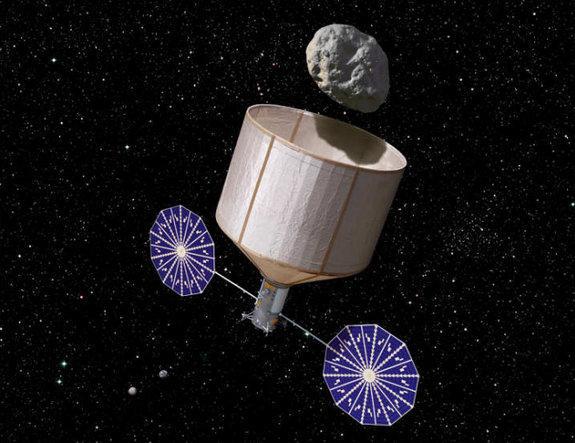
Two months after the relatively close passage of Asteroid 2012 DA14 to within 17,150 miles of Earth—less than the altitude of one of our geostationary-orbiting satellites—and only days after NASA announced its intent to launch an ambitious asteroid-capture mission within the next decade, the study of deep-space rocks has taken another critical step forward. The Near Earth Object Camera (NEOCam) should provide the space agency with improved capacity to detect and track the objects at infrared wavelengths.
Near Earth Objects are asteroids and comets whose orbits venture within 28 million miles of Earth’s path around the Sun. However, instead of emitting visible light, they reflect light, which means that dependent upon how reflective they are, a small, light-colored NEO can often look the same as a large, dark-colored one. As a result, data from optical telescopes at visible wavelengths is often deceptive. NEOCam will circumvent this problem by conducting its observations in the infrared and the recent tests of the instrument were performed at temperatures and pressures close to those encountered in deep space. Details of NEOCam are expected to be published shortly in the Journal of Optical Engineering.
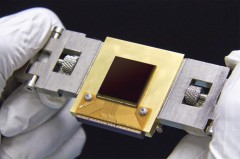
NEOCam was first proposed to NASA’s Discovery Program in 2006, and again in 2010, as a medium-class science mission to be located at the Lagrange 1 Point, four times as far from us as the distance between Earth and the Moon—approximately a million miles—at which it could observe the comings and goings of NEOs every day, free from the complications of cloud cover and daylight. Three years ago, the mission was selected by NASA for further development of its sensor payload. Also in 2010, the National Research Council issued a report which found that a space-based infrared survey telescope could quickly identify hazardous asteroids and address the 2005 Congressionally-mandated George E. Brown, Jr. Near-Earth Object Survey Act, which requires NASA to find 90 percent of all asteroids larger than about 450 feet across.
Should the NEOCam mission actually fly, it is expected to comprise a 20-inch-diameter telescope, operating at two infrared wavelengths, and will spend four years conducting a “baseline” survey to find two-thirds of all NEOs larger than 450 feet. This size range is described by NASA as “large enough to cause major regional damage in the event of an Earth impact.” The mission will also derive valuable information about the NEOs’ composition, shapes, rotational states, and orbits. The size of the NEOCam telescope is slightly larger than the 16 cm telescope of NASA’s Wide-Field Infrared Survey Explorer (WISE), launched in 2009, which detected 34,000 asteroids and 135 NEOs, some as small as 100-160 feet, in just a year of operations. NEOCam’s larger field of view, improved optics, and longer mission duration are expected to significantly enhance this capability.
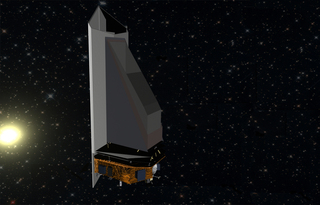
NEOCam will use detector arrays manufactured by Teledyne Imaging Sensors, which are similar to those used by WISE and by the Hubble Space Telescope’s Wide-Field Camera-3. Their high heritage for astronomical applications, excellent noise characteristics, and relatively “warm” allowable operating temperatures have made them a suitable choice for the search for NEOs. These detectors will be fabricated from mercury-cadmium-telluride (HgCdTe), which can operate in deep space for several years without the need for expensive cryocoolers or life-limiting cryogens, such as liquid helium.
The NEOCam is the culmination of almost a decade of collaboration between NASA’s Jet Propulsion Laboratory of Pasadena, Calif., Teledyne Imaging Systems of Camarillo, Calif., and the University of Rochester of Rochester, N.Y. “Infrared sensors are a powerful tool for discovering, cataloging, and understanding the asteroid population,” said Amy Mainzer, a co-author of the forthcoming Journal of Optical Engineering paper and principal investigator for WISE and its NEO-focused follow-on program, NEOWISE, at JPL. “When you observe a space rock with infrared, you are seeing its thermal emissions, which can better define the asteroid’s size, as well as tell you something about composition.” The team plans to propose NEOCam to NASA’s next call for Discovery proposals in 2015.
“This sensor represents one of many investments made by NASA’s Discovery Program and its Astrophysics Research and Analysis Program in innovative technologies to significantly improve future missions designed to protect Earth from potentially-hazardous asteroids,” said Lindley Johnson, program executive for NASA’s NEO Program Office in Washington, D.C.
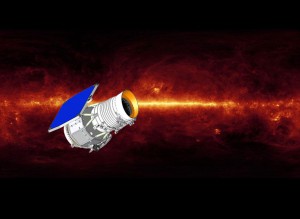
In February 2013, the close passage of Asteroid 2012 DA14 achieved headlines around the world, due to its close shave and also its size: 150 feet across, with a mass of around 190,000 metric tons. Speaking at the time, Johnson noted that missions such as NEOWISE and other search efforts had enabled the discovery of “about 95 percent of those larger asteroids that come close to Earth,” together with “smaller objects, like DA14,” which had been found in February 2012, a full year ahead of its closest approach to our planet.
DA14 is expected to pass us again in February 2046, but at a far greater distance of around 930,000 miles, and the likelihood of it hitting us at any point between 2080 and 2111 is infinitesimally small: the risk has been described as 0.00000021 percent, or a 1 in 4.7 million probability. On the 0-10 Torino Scale, which categorizes the risks posed by NEOs, the passage of DA14 was listed as “0,” or “White,” meaning that it posed no hazard. Yet it is events such as these which reinvigorate our awareness of the risks that NEOs pose. Had DA14 hit us, it would have entered our atmosphere at around 28,400 mph, producing an air burst equivalent to 2.9 megatons of TNT at an altitude of 28,000 feet.
Nowhere are the risks of NEOs more prevalent—or famous—than at the site of the Chicxulub Crater in Mexico’s Yucatan Peninsula, whose ancient impact is generally thought to have been responsible for the extinction of most non-avian dinosaurs, around 65 million years ago. On the Torino integer list, that impact would have been a top-of-the-scale “10” (or “Red”) event, described as being “capable of causing global climatic catastrophe that may threaten the future of civilization as we know it … whether impacting land or ocean.”
Fortunately, DA14 missed us, and the efforts of missions such as WISE and, hopefully, the future NEOCam, should provide us with an advance guard against the risks of these errant space rocks. In this context, NASA’s recent decision to proceed with an asteroid-exploration mission, possibly as soon as 2021—which envisages an Asteroid Retrieval Spacecraft in deep space extending a giant inflatable “plunger” to encapsulate a 30-foot-wide object, then haul it to the vicinity of the Moon for subsequent human exploration—is an important first step, for understanding the composition and behaviour of these mysterious objects is critical to understanding how to prevent them from endangering our planet.
Want to keep up-to-date with all things space? Be sure to “Like” AmericaSpace on Facebook and follow us on Twitter:@AmericaSpace
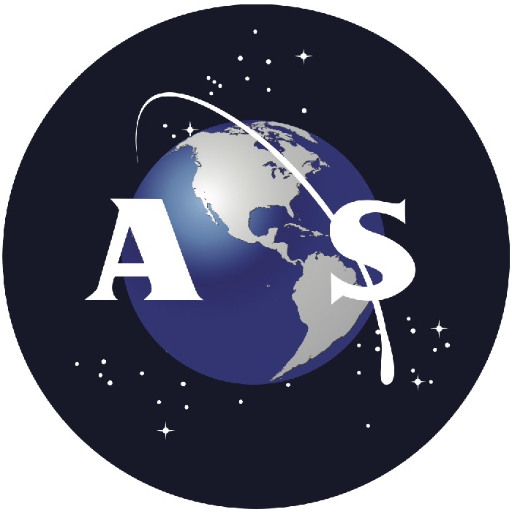
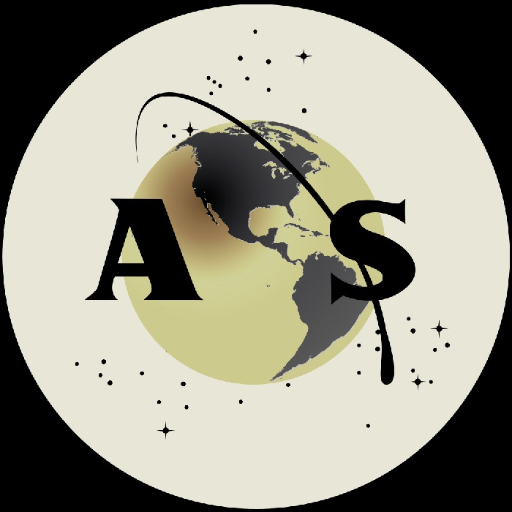
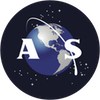
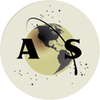
So how much will the licensing fees be for this technology?
“The NEOCam is the culmination of almost a decade of collaboration between NASA’s Jet Propulsion Laboratory of Pasadena, Calif., Teledyne Imaging Systems of Camarillo, Calif., and the University of Rochester of Rochester, N.Y.”
This has been all funded with TAX DOLLARS where is the return on investment?
Let me guess…Boeing Lockheed will put together a JV that assumes control of the patent rights and will now enter the asteroid mining industry…Otherwise known as “Corruption”.
Tracey – here is the relevant question that is worth asking, related to the points you raise – will the government be the sole user, or just a user of this capability. Because this actually should factor into your question.
I am thinking everything NASA develops should be made available everyone on the planet to the private sector for commercial use with payment of licensing fees. I would suspect that NASA would initially develop tech and that the private would utilize… If NASA captures an asteroid to remove it from harming earth or objects …I would expect them to Auction off the Asteroid for resources…Not “give it away” to anyone…NASA needs to start thinking like the R&D center they are..
Thats not actually thinking like an R&D center
Thats thinking like an IP company. Very different things.
Well then it sounds like you see a better busines model already…good
NASA’s focus needs to be on building markets, through a combination of NACA style R&D, and DARPA style development and deployment. And build exciting missions around those things
In other words, start with the FY11, and build on that
Perhaps the “return on investment” is not having the taxpayers pulverized by an asteroid.
Karol,
Oh so we should just be “grateful” for them taking away an asteriod threat….Then who gets possession of the asteroid that more than likely is worth “big bucks” shouldn’t NASA get a piece of the action considering they developed the tech to make it happen in the first place? Just think NASA would have money for all of the robotic missions they could dream of…even large scale space neucular reactors…high speed plasma engines…space elevators…The list would be endless and it would transform the entire planet!!!
Please refrain from misquoting me. I did not say that “we should just be ‘grateful’ for them taking away an asteroid threat.” Who profits from asteroid mining and whether NASA would benefit was clearly the subject of a different AmericaSpace post.
Sorry Karol if I misquoted you….